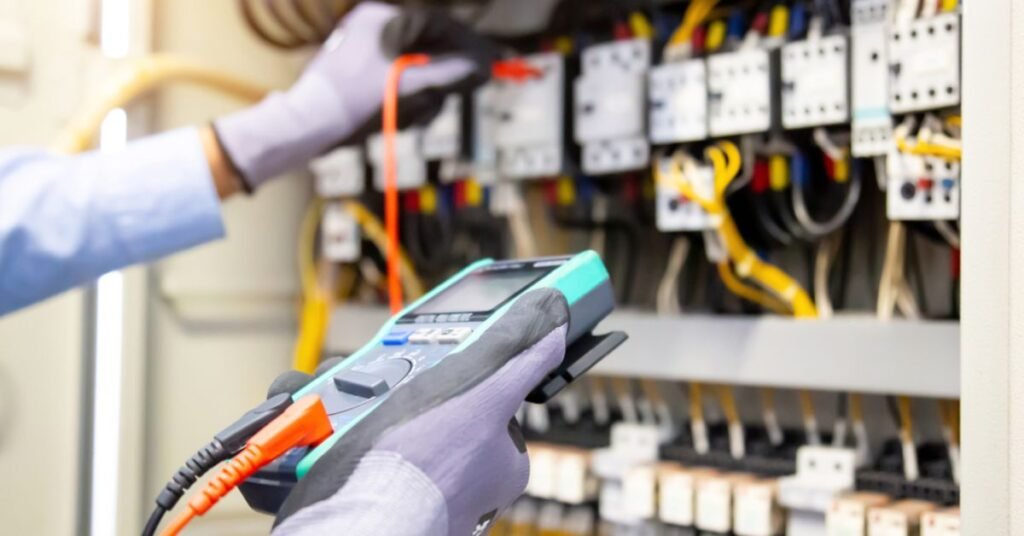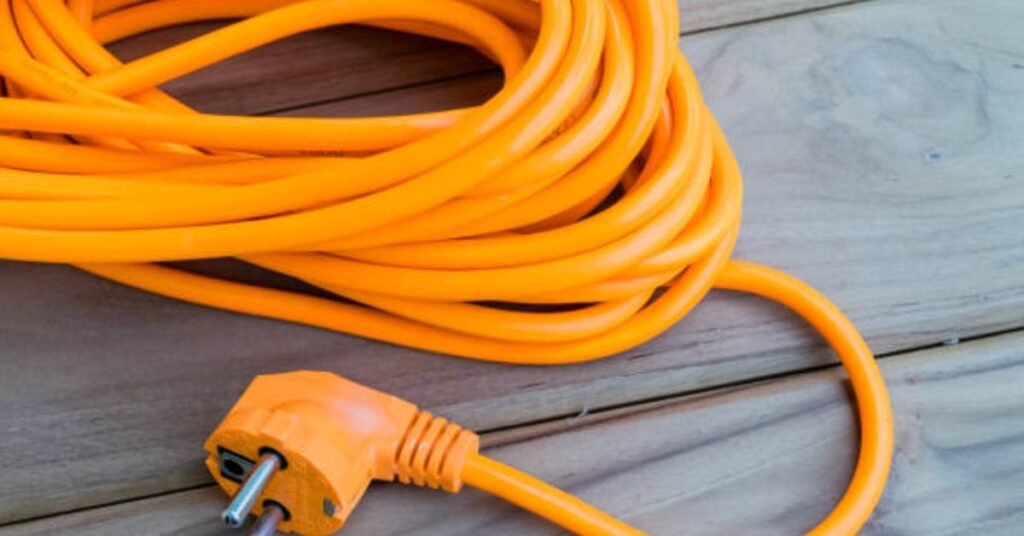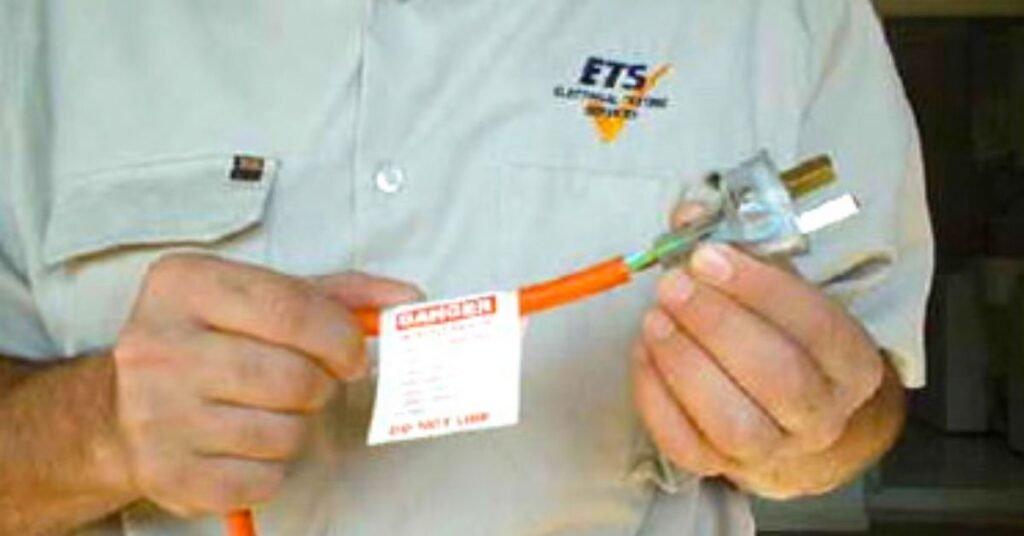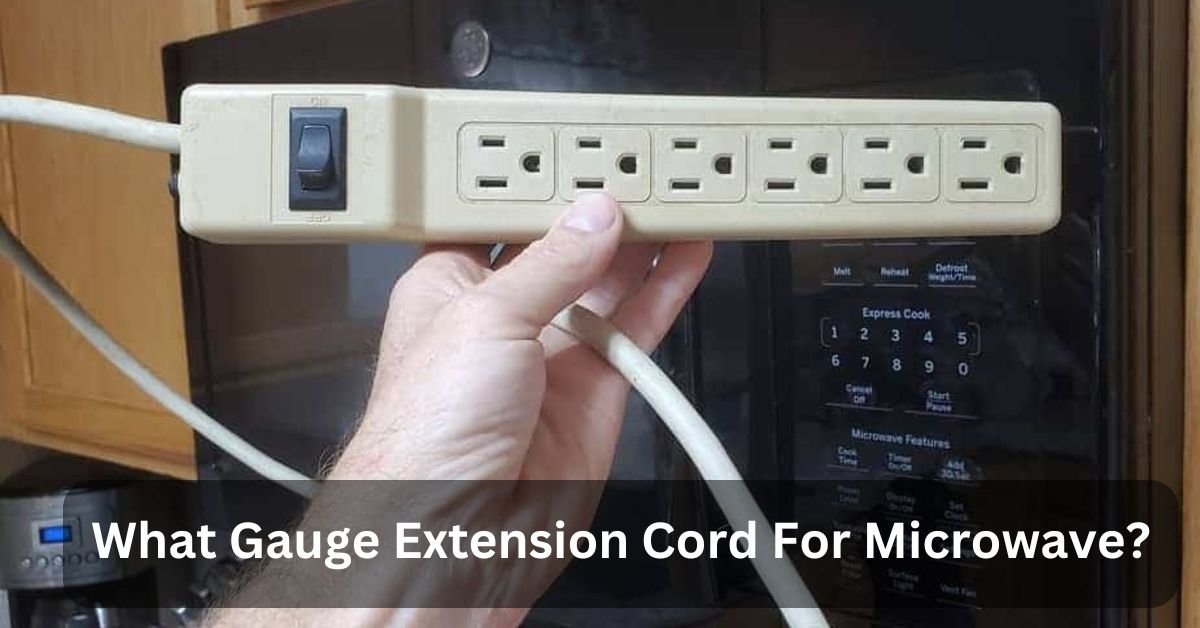One commonplace family appliance that often requires conscious attention for its strength wishes is the microwave. If you desire to apply an extension cord to your microwave, choosing the right gauge to ensure secure and reliable operation is essential.
Get a 12/3 extension cord one gauge thicker than what you have in the wall, and use as brief a cord as viable to limit voltage drop.
In this comprehensive guide, we can discover the important factors to remember when deciding on an extension wire for your microwave, focusing on the importance of wire gauge, the electricity requirements of microwaves, and realistic recommendations for safe utilization.
Understanding Extension Cord Gauge:
1. What is Wire Gauge?
Wire gauge refers to the thickness of the cord within the extension cord. The American Wire Gauge (AWG) standard measures it; a lower number denotes a thicker wire that can withstand greater wear shortly. A twelve-gauge cord, for example, is thicker and more contemporary than a 16-gauge wire.
2. Why is Gauge Important?
The gauge of an extension wire determines its potential to hold electricity in the present day without overheating. An extension cord with an inadequate gauge can result in overheating, decreased efficiency, or even pose a fireplace chance. Therefore, choosing an appropriate gauge is important, particularly for excessive-power home equipment like microwaves.
Power Requirements of Microwaves:
1. Electrical Requirements:

- Voltage: Most family microwaves require a 120-volt, 60 Hz electricity supply.
- Dedicated Circuit: Higher-wattage microwaves (over 1,000 watts) would want a dedicated 15-amp or 20-amp circuit to prevent tripping breakers.
2. Amperage Calculation:
- Use the formula: Amps=WattsVoltstextAmps = fractextual contentWattstextVoltsAmps=VoltsWatts
- Examples:
- 600-watt microwaves: five amps (600 watts / one hundred twenty volts = 5 amps)
- 1,200-watt microwave: 10 amps (1,200watts / 120 volts = 10 amps)
3. Extension Cord Selection:
Length Considerations:
- Up to 25 toes: Use a 14-gauge wire for microwaves up to 1,200 watts.
- Up to 50 toes: Use a 12-gauge cord for microwaves up to 1,200 watts.
- Longer distances: Consider a 10 gauge cord to decrease voltage drop.
4. Energy Efficiency:
- Energy Star Ratings: Look for microwaves with Energy Star ratings for greater efficient electricity intake.
- Usage Habits: Reduce electricity utilization by only running the microwave for the important time and using suitable strength settings.
Also Read: Are There Refrigerators In Royal Caribbean Staterooms?-Full Guide
Selecting the Right Gauge:
1. Recommended Gauge for Microwaves:
For a microwave drawing around 9.2 amps, using an extension cord with a minimum of 14 AWG gauge is far more commonly endorsed. However, for introduced safety and to account for capability voltage drops over longer distances, a 12 AWG cord is often favored.
2. Length of Extension Cord:

The period of the extension cord additionally performs a full-size function in determining an appropriate gauge. The longer the cord, the more resistance may lead to voltage drops and increased warmth. As a rule of thumb, for lengths up to 25 toes, a 14 AWG wire is generally sufficient. For lengths over 25 ft, a 12 AWG cord is usually recommended to ensure a safe operation.
Potential Risks of Using the Wrong Gauge:
1. Overheating:
- Cause: Undersized extension cords cannot manage the electrical load.
- Consequence: Overheating of the cord may lead to melting of insulation, publicity of wires, and chance of burns.
2. Electrical Fires:
- Cause: Excessive heat buildup due to insufficient wire gauge.
- Consequence: Ignition of surrounding materials, leading to capacity residence fires.
3. Voltage Drop:
- Cause: Long or undersized cords increase electrical resistance.
- Consequence: Reduced power supply to the microwave, inflicting inefficient operation, flickering lighting, or damage to sensitive electronic additives.
4. Damage to Microwave:
- Cause: Insufficient power delivery or electric surges due to unsuitable extension cord.
- Consequence: Shortened lifespan of the microwave, frequent malfunctions, or complete equipment failure.
5. Tripped Circuit Breakers:
- Cause: Excessive current draw exceeding the circuit’s capacity.
- Consequence: Frequent tripping of breakers can be inconvenient and doubtlessly indicate underlying electrical problems.
Also Read: Riddle For A Refrigerator-The Ultimate Guide
Practical Tips for Safe Usage:
1. Inspecting the Extension Cord:

Before using an extension cord with your microwave, inspecting it for any signs of wear and tear or harm is vital. Check for frayed wires, cracked insulation, or bent prongs, as those can pose protection risks.
2. Avoid Daisy Chaining:
Daisy chaining, or connecting more than one extension cord collectively, can cause growth resistance and the risk of overheating. Always use a single, accurately gauged extension wire long enough to attain your microwave.
3. Proper Plugging Practices:
Ensure that the extension cord is completely inserted into the wall outlet and that the microwave’s plug is securely related to the extension wire. Loose connections can cause arcing and extended resistance, which can be risky.
4. Heat Dissipation:
Avoid running the extension wire below carpets, rugs, or furnishings. That can lure heat and boost the risk of overheating. Instead, hold the cord exposed and permit proper airflow to burn up any heat generated throughout the operation.
5. Regular Monitoring:
While using an extension cord with your microwave, periodically check the cord for signs and symptoms of immoderate warmth. If the cord feels hot to the touch, unplug it immediately, and remember to use cord with a thicker gauge or consult an expert electrician.
Also Read: Can You Put A Hydro Flask In The Refrigerator?-Complete Guide
FAQ’s:
1. What kind of extension wire can I use for a microwave?
The extension cord must be a three-wire grounding kind of appliance cord with Underwriters Laboratory (UL) approval, and it must mention the modern it may take care of.
2. What gauge wire is used for microwave extension wire?
Most Rotating Flat Plug extension cords are 16 gauge wires.
3. Can I use a 16 gauge extension wire for a microwave?
Applying an extension wire to a microwave oven is not secure because of the excessive wattage on those appliances.
4. Can you put a microwave on an extension?
Power-hungry home equipment such as kettles, toasters, and microwaves should be at a different level.
Conclusion:
Choosing the proper gauge extension wire for your microwave is crucial in ensuring safe and efficient operation. By knowing the importance of a cord gauge, calculating the energy requirements of your microwave, and following realistic safety pointers, you can save yourself potential risks and revel in the benefits of using your microwave with self-assurance.
Always remember to prioritize protection, check out your extension cords frequently, and seek advice from a professional when you have any doubts about your electric setup.

